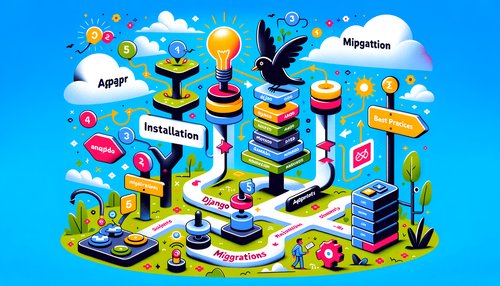Django's class-based views have revolutionized the way developers build web applications. By utilizing the power of object-oriented programming, developers can create powerful and efficient web applications with minimal code. In this blog post, we'll discuss how to use Django's class-based views to create powerful and efficient web applications.
Class-based views are a great way to simplify and speed up the development process. They allow developers to quickly and easily create complex web applications without having to write a lot of code. By taking advantage of the object-oriented programming paradigm, class-based views allow developers to reuse code, making the development process more efficient and cost-effective.
The most common use of class-based views is to create a web page. To do this, you can use the generic view class provided by Django. This class allows you to create a view that will return a response to the user. For example, if you wanted to create a simple page that displays a message, you could use the following code:
My Page
Hello World!
This code will create a basic page that displays the message “Hello World!”. You can also use class-based views to create more complex pages. For example, if you wanted to create a page that displays a list of items from a database, you could use the ListView class provided by Django: from django.views.generic import ListView class MyListView(ListView): model = MyModel This code will create a page that displays a list of items from the MyModel database. Class-based views are a powerful and efficient way to create web applications. They allow developers to quickly and easily create complex web applications without having to write a lot of code. By taking advantage of the object-oriented programming paradigm, class-based views allow developers to reuse code, making the development process more efficient and cost-effective. If you're looking to create powerful and efficient web applications, Django's class-based views are a great option.Recent Posts

7 months ago
Unlocking the Power of Terraform: Mastering Conditional Expressions for Smarter Infrastructure Automation

7 months, 1 week ago
Unveiling the Future: Navigating the Public Interface of Apache Airflow for Streamlined Workflow Management
Apache Airflow
7 months, 1 week ago
Mastering Workflow Automation: Unconventional Apache Airflow How-To Guides for the Modern Data Enthusiast
Apache Airflow
7 months, 1 week ago
Mastering the Cloud: Unveiling AWS CloudFormation Best Practices for Seamless Infrastructure Management

7 months, 1 week ago
Show All


